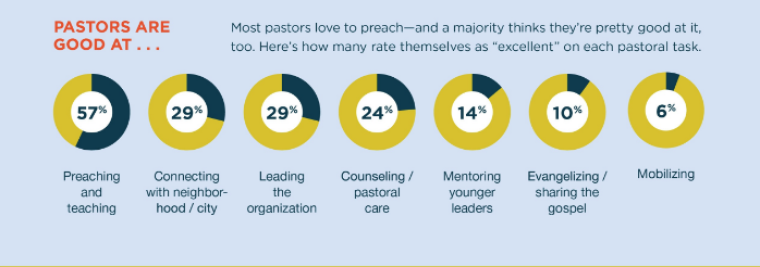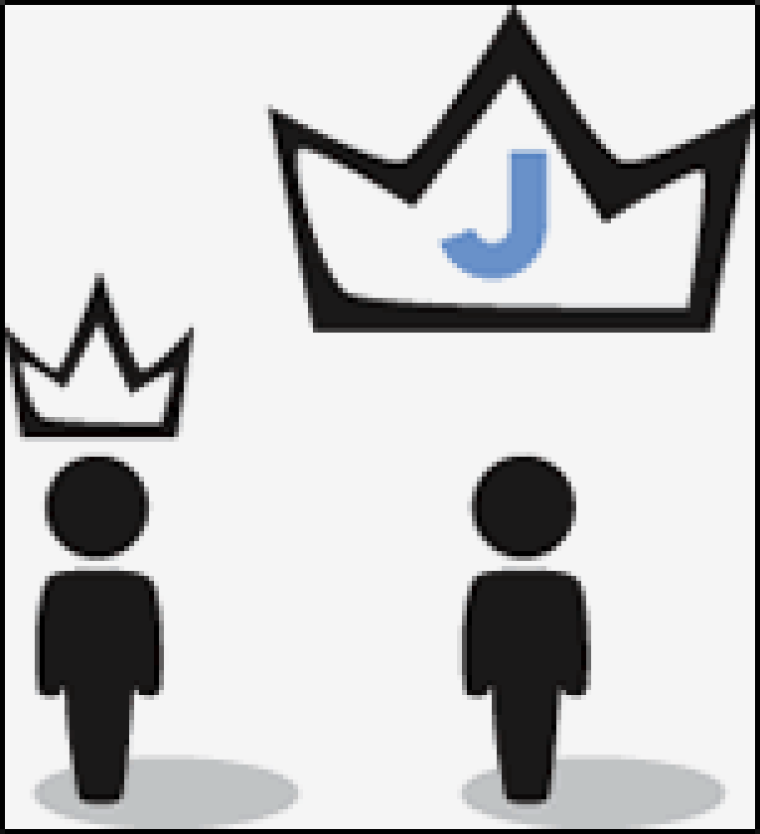

What was the significance of the prayer shawl given to US presidential candidate Donald Trump? I have been asked the question: Was there a message? Trump visited a black culture church in Detroit. The pastor Bishop Wayne T. Jackson gave the candidate a prayer shawl, known in Hebrew as tallit, and a Bible.
To Trump, Bishop Jackson said, "There are going to be some times in your life that you are going to feel forsaken, you are going to feel down, but the anointing is going to lift you up." As he draped the tallit around Trump's shoulders, the Bishop said: "When things seem like they are almost impossible, you will read Mark chapter 9, verse 23 — 'If thou canst believe, all things are possible.' "
The tallit is very significant to Jewish believers. There is a commandment given that the people of God were to wear tassels on the fringes of their garments. Those tassels are worn in the corners of the prayer shawl.
(It drapes like a table cloth, the tassels dropping at the four corners).
"The LORD said to Moses, "Speak to the people of Israel, and tell them to make tassels on the corners of their garments throughout their generations, and to put a cord of blue on the tassel of each corner. And it shall be a tassel for you to look at and remember all the commandments of the LORD, to do them, not to follow after your own heart and your own eyes, which you are inclined to whore after. So you shall remember and do all my commandments, and be holy to your God. I am the LORD your God, who brought you out of the land of Egypt to be your God: I am the LORD your God." (Numbers chapter 15, verses 37-41) This instruction is repeated in Deuteronomy chapter 22, verse 12)
The Hebrew language has numeric values. The Hebrew for fringes is tzittzit and numerically adds up to 600. Each of the fringes on the garment contains 8 threads and 5 knots, making a total of 613. Israel seers have found 613 commandments in their study of the Torah (the first five books of the Bible). So the prayer shawl numerically reminds them of the commandments.
There is a famous prayer called the Shema and it comes from Deuteronomy chapter 6, verse 4: "Hear O Israel, the Lord your God is one." The Hebrew words YevovahEchad mean 'God is one' and is formed numerically in the knots and wrapping of the fringes. God instructed His people to 'look at' the fringes and remember His laws. The tzittzit declares in its structure, 'God is one.'
The tzittzit also represents authority. There is an exchange between King Saul and David that highlight this. The bible passage 1 Samuel chapter 24, verses 1-22 records the pursuit of Saul after David. Saul took 3000 chosen men into the wilderness of EinGedi in search of David. David's men told him, "This is the day of which the Lord said to you, Behold, I will deliver your enemy into your hand, that you may do to him as it seems good."
David secretly cut off the corners of Saul's robe, the corners which held the tzittzit, symbols of his authority. After this, David became concerned that Saul, the king, would be humiliated and he spoke to his men: "The Lord forbid that I should do this thing to my master, the Lord's anointed."
David came before Saul and humbled himself. "My Lord and King." He explained what had taken place. He illustrated how he held no malice towards the king. This reaction led to reconciliation between the two men.
Jesus Christ, who lived on earth as a Jewish rabbi, also wore the Prayer Shawl. Three gospels tell the story of the woman with the issue of blood. (Mark chapter 5, verses 25-34; Matthew chapter 9, verses 20-22 and Luke chapter 8, verses 43-48)
Pam Thomas wrote: "Her physical condition of constant hemorrhaging would have rendered her ceremonially unclean so that she would have been ostracized from her community: forbidden to attend services in the Temple or synagogue, having to keep her distance from everyone, and unable to mingle with the people. Leviticus chapter 15, verses 19-33. (Israel and the Church; God's Road Map – www.bridgesforpeace.com)
To reach Jesus, the desperate woman had to push through the crowd to do one thing, touch the fringes of His garment.Jesus responded, "Your faith has made you well." The healing power in that tallit, came from the Lord Himself.
In presenting the prayer shawl to Donald Trump, Bishop Alexander may have had all these facets in mind. The Apostle Paul may also have thought of the prayer shawl when he wrote: "But put on the Lord Jesus Christ, and make no provision for the flesh, to fulfill its lust." (Romans chapter 13, verse 14)

For those who know Him, Jesus is the perfect tallit.
Ron Ross is a Middle East consultant for United Christian Broadcasters (Vision FM). Previously he was radio news editor for Bridges for Peace in Jerusalem, Israel.
His career started at WINTV (Email: ronandyvonne@mac.com)
Ron Ross previous articles may be viewed at http://www.pressserviceinternational.org/ron-ross.html